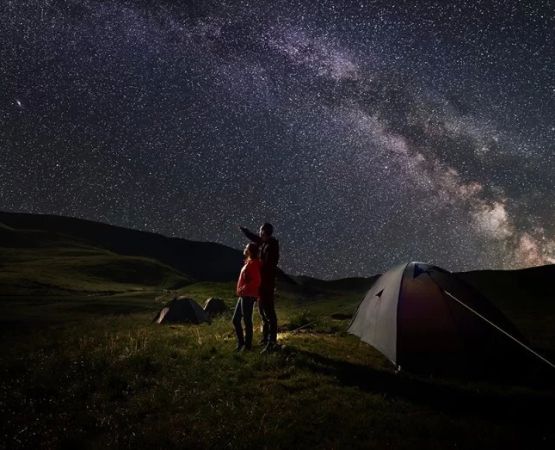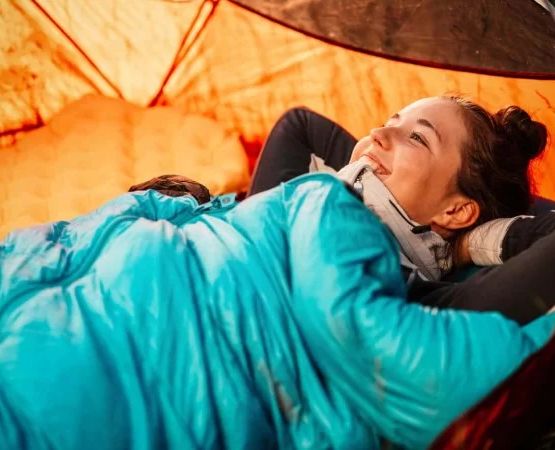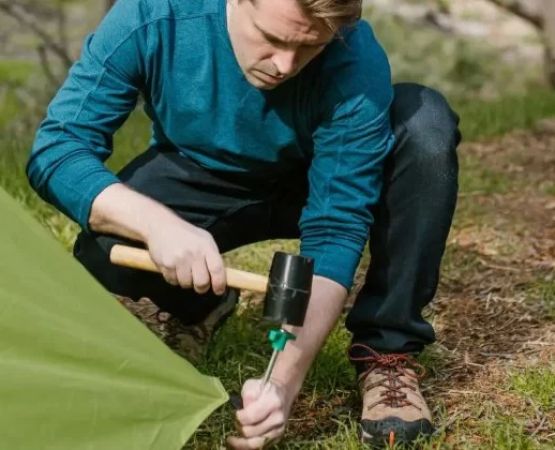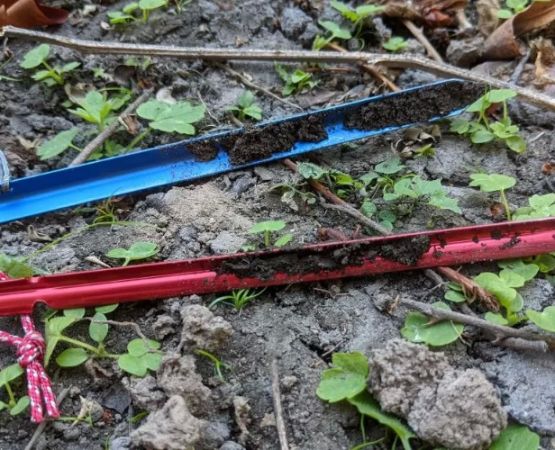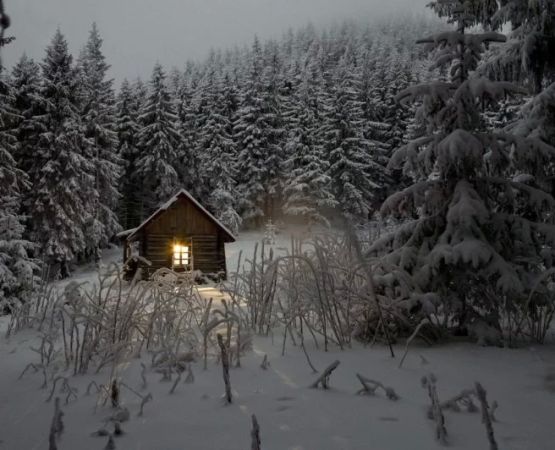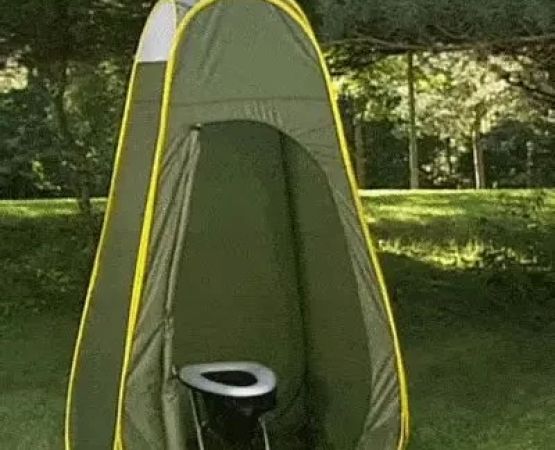How to Prepare for an Earthquake While Car Camping
- 1. Understanding Earthquakes While Camping
- 2. Preparing Your Campsite for Earthquakes
- 3. Earthquake Survival Gear for Car Camping
- 4. Safety Tips During an Earthquake While Car Camping
- 5. Explore More at Pine Cliff Resort
1. Understanding Earthquakes While Camping
Car camping in areas prone to earthquakes can be a thrilling adventure, but it also comes with unique safety challenges. Earthquakes, particularly in regions along fault lines, can strike without warning, leaving campers unprepared if they haven’t taken the right precautions. Whether you're camping in California, Japan, or another earthquake-prone area, understanding how earthquakes affect your environment and what steps to take to stay safe is crucial.
When you're in a tent or your car, the feeling of an earthquake can be much more unsettling due to the lack of stable infrastructure. The first step in preparing for an earthquake while car camping is to understand the potential risks and how to react quickly when the ground starts shaking.
2. Preparing Your Campsite for Earthquakes
When setting up your car camping site, consider the following tips to minimize the risks during an earthquake:
2.1 Choose a Safe Campsite Location
The first step to preparing for an earthquake is to choose a campsite in a safe location. Avoid camping near unstable cliffs, large trees, or any other structures that could potentially collapse during an earthquake. Look for flat, stable ground that is far from loose rocks or debris that could shift during shaking.
2.2 Secure Your Gear
While setting up camp, make sure all your gear is securely stored in your vehicle or in areas where it won’t shift or fall in the event of an earthquake. Items like cooking equipment, tents, and sleeping bags should be placed in areas that won't be affected by shaking. In your car, keep emergency supplies, tools, and other essentials in a stable location to prevent them from becoming hazards during the tremors.
2.3 Create an Emergency Plan
Before you leave for your camping trip, make sure you have an emergency plan in place. Know where the nearest emergency shelters or safe areas are located and plan your escape routes in case of an earthquake. It's also a good idea to inform someone about your camping location and itinerary so they can check on you if needed.
3. Earthquake Survival Gear for Car Camping
Equipping yourself with the right gear is essential for surviving an earthquake while car camping. Some key items to bring include:
3.1 Emergency First Aid Kit
Having a well-stocked first aid kit is crucial in the event of an earthquake. It should include basic supplies like bandages, antiseptics, pain relievers, and any medications you may need. Make sure it’s easily accessible, especially if you’re camping in a remote location where medical help could be far away.
3.2 Flashlight and Headlamp
After an earthquake, power outages are common. Having a reliable flashlight or headlamp will help you navigate in the dark. Consider a headlamp for hands-free convenience, especially if you need to move around while managing emergency situations.
3.3 Emergency Water and Food
Always bring enough water and food to last at least 72 hours. In the case of an earthquake, it may be difficult to access water sources or fresh supplies immediately after the event. Pack extra water, non-perishable food items, and a portable water filtration system.
3.4 Earthquake Survival Tools
Some specific tools that are especially helpful in earthquake scenarios include a whistle, multi-tool, and a portable phone charger. These tools can help you signal for help, manage minor repairs, or even communicate during an emergency situation.
4. Safety Tips During an Earthquake While Car Camping
When an earthquake strikes while you’re car camping, your reaction is key to ensuring your safety. Here are some important safety tips to remember:
4.1 If You’re in Your Car
If you’re inside your car when an earthquake occurs, stay inside and keep your seatbelt on. Pull over to a safe, flat area away from overpasses, bridges, or any potentially dangerous structures. Stay in your car until the shaking stops. Avoid stopping under trees or near tall buildings, as they could collapse or fall during an earthquake.
4.2 If You’re Outside or in a Tent
If you’re outside or in a tent when the shaking begins, quickly drop to the ground and take cover. If possible, seek shelter in your vehicle or any stable structure. Stay away from trees and tall objects that could fall during the quake. Protect your head and neck by using your arms, a backpack, or any available cover to shield yourself.
4.3 After the Earthquake
Once the shaking stops, check for injuries and inspect your campsite for any hazards, such as fires, fallen trees, or unstable ground. Stay alert for aftershocks, which can be just as dangerous as the initial quake. If you’re in an area that’s prone to landslides, be extra cautious when moving around, especially near cliffs or hills.
5. Explore More at Pine Cliff Resort
If you’re looking for a safe and enjoyable camping experience with less concern about earthquakes, consider visiting *Pine Cliff Resort*. Nestled in a secure, peaceful environment, Pine Cliff Resort offers a range of activities and facilities that ensure a memorable camping trip with all the amenities and safety you need. It’s the perfect place to enjoy nature without the stress of extreme weather events.
Check out *Pine Cliff Resort* for more details and to plan your next adventure!


